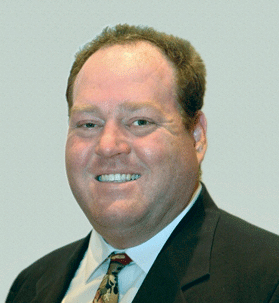Proposal increases access to ‘technological leap forward’
By Theresa Flaherty, Managing Editor
Updated 11:15 AM CST, Fri February 16, 2024
 WASHINGTON – O&P stakeholders hailed a new proposal by CMS to expand coverage of microprocessor-controlled knees for certain K2 patients, something they say is long overdue.
WASHINGTON – O&P stakeholders hailed a new proposal by CMS to expand coverage of microprocessor-controlled knees for certain K2 patients, something they say is long overdue.
Under the proposed changes, the agency will no longer limit the technology to patients classified as K3 and above.
“When this technology first came about in the in the 90s, it was really marketed and touted as kind of like the next technological leap forward for patients,” said Joe McTernan, director of health policy and advocacy for the American Orthotic & Prosthetic Association. “It was really all about the high functioning patient, but what was quickly discovered through research and studies was a whole another segment of the population that could truly benefit from a lot of the features of MPK technology.”
The proposed policy changes do not alter coverage in any way for the K3 population, says McTernan.
One study from the Rand Corporation in 2017 found that MPKs prevent falls better than older artificial lower limbs. Twenty-six percent of patients with MPK limbs fall per year, compared to 82% of patients with non-MPK limbs, according to the study.
“A lot of the features of MPK technology include things like stumble control and additional stability,” said McTernan. “The K2 population, who were less functional, would benefit more from this technology that kept them from falling and that allowed them to walk with more confidence – they weren’t going to have their knee buckle out from under them.”
The expansion to K2 patients who meet certain criteria also ensures the technology will only be prescribed for appropriate patients, rather than opening “the proverbial floodgates,” McTernan says.
“You would not want to have bad operators going into nursing homes and putting a very expensive MPK on patients that may not even use a prosthesis for other than very basic functions,” he said. “There are some intentional stop gaps in there.”
Comments